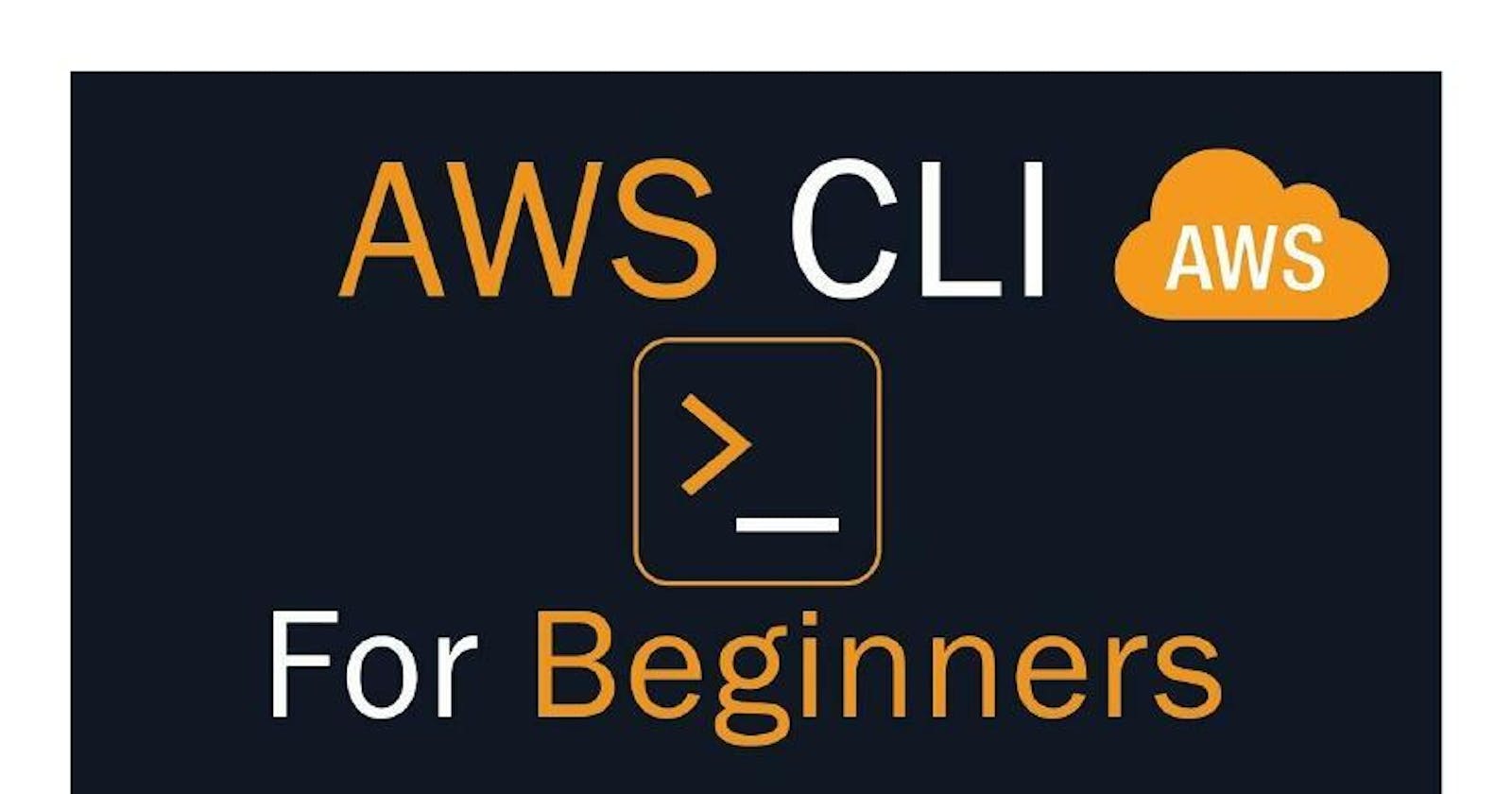👋 Hello everyone...
AWS Command Line Interface(AWS CLI)
The AWS Command Line Interface (CLI) is a command-line tool that enables developers to interact with AWS services and resources using text commands in the terminal of their computer.
The AWS CLI is a powerful tool that allows users to manage their AWS resources more efficiently and effectively. It is designed to be easy to use and compatible with a wide range of operating systems.
The AWS CLI provides a simple and powerful interface to automate the deployment and management of AWS resources. With the AWS CLI, developers can perform a wide variety of tasks, including launching EC2 instances, creating S3 buckets, and managing security groups.
The AWS CLI is also useful for scripting and automating repetitive tasks, allowing developers to save time and reduce errors. To use the AWS CLI, users must first install it on their local machine and then configure it with their AWS credentials.
Once configured, users can use commands like "aws ec2 describe-instances" to get information about their EC2 instances or "aws s3 ls" to list the contents of an S3 bucket. With its comprehensive set of commands and easy-to-use interface, the AWS CLI is an essential tool for any developer working with AWS.
🔶 Example 1
A developer wants to launch a new EC2 instance on AWS to host a web application. Without the AWS CLI, they would have to go through the AWS web console and manually configure the instance, which could be time-consuming and error-prone. However, with the AWS CLI, the developer can simply use the command "aws ec2 run-instances" and provide the necessary parameters like the instance type, key pair, and security group. This will automate the process and save the developer time.
🔶 Example 2
A developer needs to automate the deployment of a new application on AWS for a client. By using the AWS CLI, they can script the entire deployment process and automate tasks like creating an EC2 instance, installing software, configuring security groups, and setting up load balancers. This will save them time and effort, and also allow them to repeat the process easily without making mistakes.
🎉Congratulations!
I hope you have learned something new about AWS CLI. If you want to learn more visit my AWS CLI article.
If you enjoyed this article please like it and share it with your friends and colleagues!
Thank you for reading🤓
